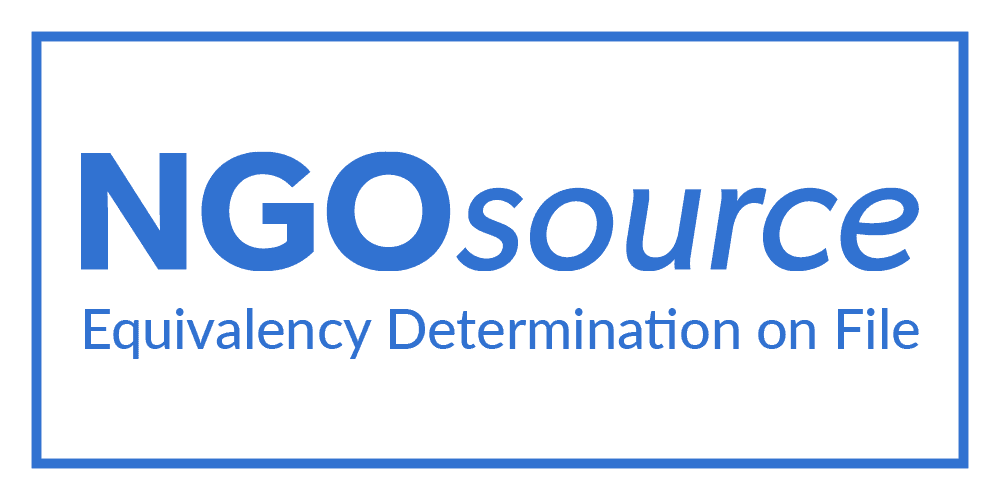Update on microinsurance innovation in Colombia
Update on microinsurance innovation in Colombia
4 December, 2012 •This case study on microinsurance innovation in Colombia forms part of a series of case studies on alternative, innovative microinsurance distribution models prepared for the International Labour Organization’s Microinsurance Innovation Facility. The case study covers three channels, namely the partnership between Codensa, an electricity utility company, and the insurance company Mapfre; the model developed by the Carrefour supermarket chain with insurer Colseguros; and the partnership between the gas utility company Gas Natural and the insurance companies Chartis and Alico.
Microinsurance faces several challenges in achieving its potential to mitigate the risks of low-income households. Some of the largest challenges relate to distribution: diversifying the distribution channels used, minimizing distribution cost and reaching a large number of people. There are several models or channels for microinsurance distribution: the classic broker and agent sales models, as well as various alternative distribution channels, an area that has seen much innovation over recent years. Many of these alternative delivery channels are not yet well developed and there is no consensus yet on what the most effective channel will be for different risk categories. For this reason, it is important to take stock of those models that have been implemented thus far to get a better understanding of what the drivers of success are.
